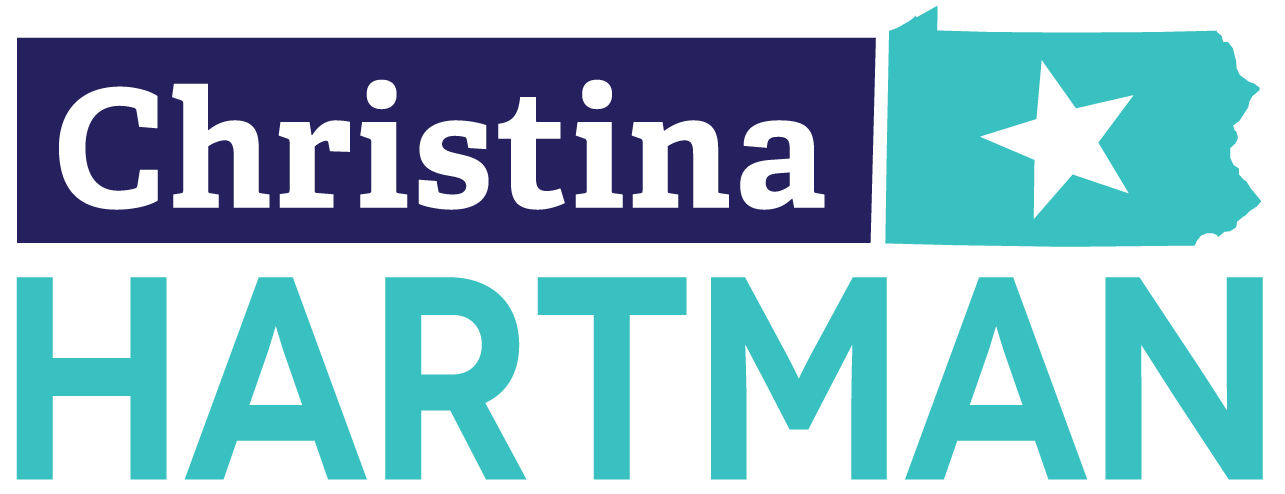In an era where digital media reigns supreme, the enduring significance of print media in political campaigns remains robust. Print media, from traditional newspapers to innovative direct mailers, or printed custom cards offers a unique and tangible connection with voters, fostering trust and legitimacy in an increasingly skeptical “fake news” climate.
Trust and Legitimacy
Print media’s reputation for accuracy and impartiality plays a pivotal role in political advertising. It is often perceived as more trustworthy than digital mediums, particularly among older generations who grew up with print as their primary news source. This demographic is 19% more likely to trust print over other media forms. In contrast, younger generations, while immersed in digital platforms, find print less intrusive, as it doesn’t encroach on their digital personal space.
Targeted and Impactful Messages
A significant advantage of print media lies in its ability to tailor messages to specific audiences and areas. Political campaigns can adapt their messaging to address local issues or modify them for different demographic groups. This adaptability ensures that the message resonates more profoundly with its intended audience.
Cost-Effectiveness and Reach
Print media is not only a reliable form of communication but also a cost-effective one, especially when compared to the expenses of television or radio campaigns. This affordability makes it an attractive option for various political campaigns, including local and smaller-scale efforts.
Common Forms of Print Media in Political Advertising
- Newspapers and Magazines: These platforms allow for in-depth discussions of a candidate’s platform, albeit with a more limited reach than digital advertising.
- Flyers and Brochures: Flyers offer a quick way to spread the word about events and rallies, while brochures provide detailed information about a candidate’s policies and background.
- Postcards and Mailers: These direct mail options are tailored based on demographics, making them effective for personalized voter communication.
- Door Hangers: Particularly effective in areas with limited face-to-face interaction, they offer immediate visual impact right at voters’ doorsteps.
- Notepads: Sticky brand and regular notepads carrying a candidate’s slogan or name serve as a subtle, ongoing reminder to potential voters.
- Signs and Banners: Essential for public visibility, they are commonly used in rallies and as yard signs to show neighborhood support.
- Stickers and Bumper Stickers: These provide a widespread, cost-effective method for enhancing name recognition.
- Canvas Cards: Handy during in-person campaigning, they help voters remember the candidate.
Conclusion
Print media’s role in political campaigns is multifaceted and significant. Its ability to convey trust, tailor messages, and offer cost-effective solutions makes it an indispensable tool in the political landscape. Whether through a newspaper ad, a creatively designed flyer, or a personalized door hanger, print media continues to be a powerful medium for connecting candidates with voters.


